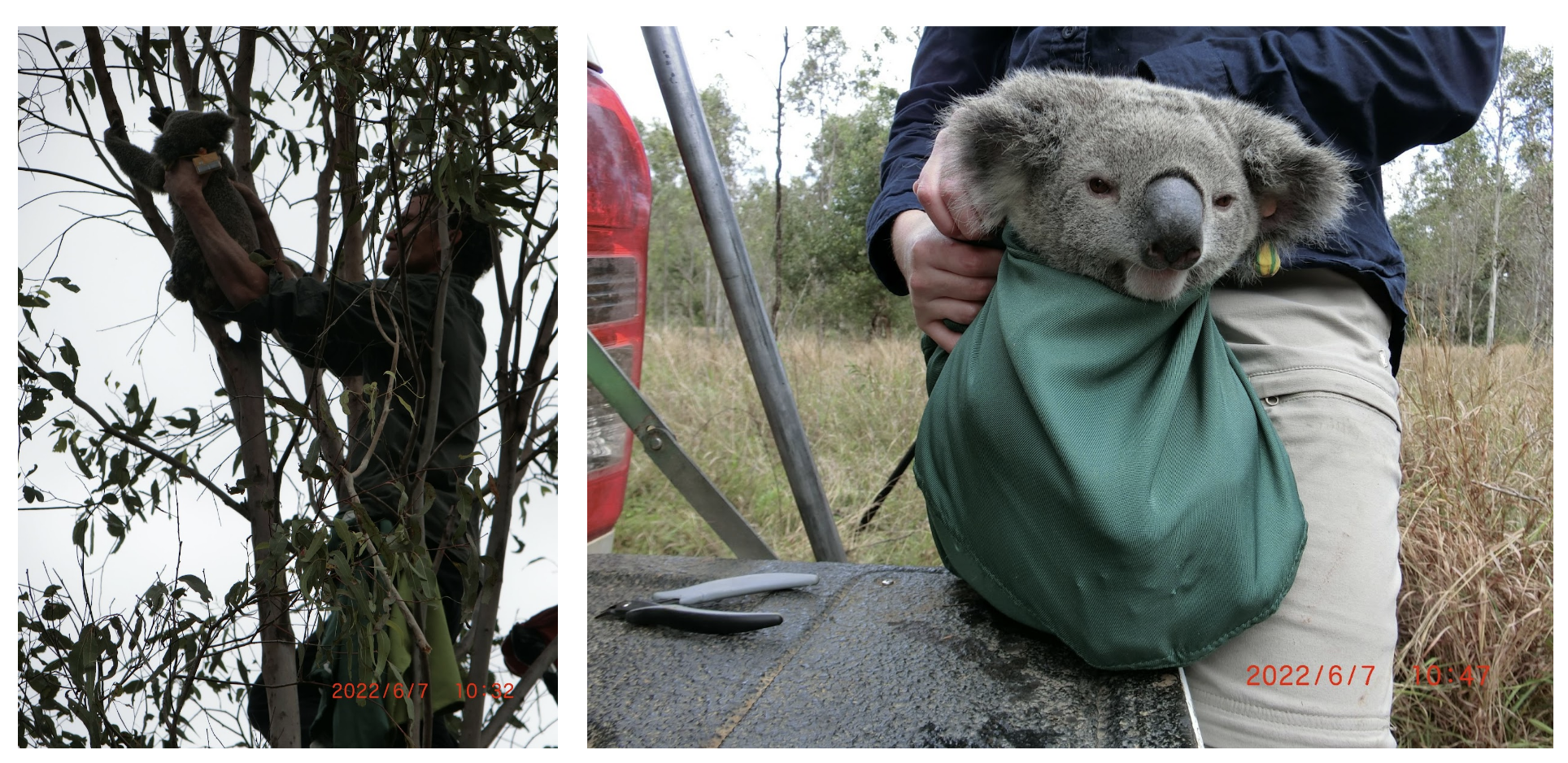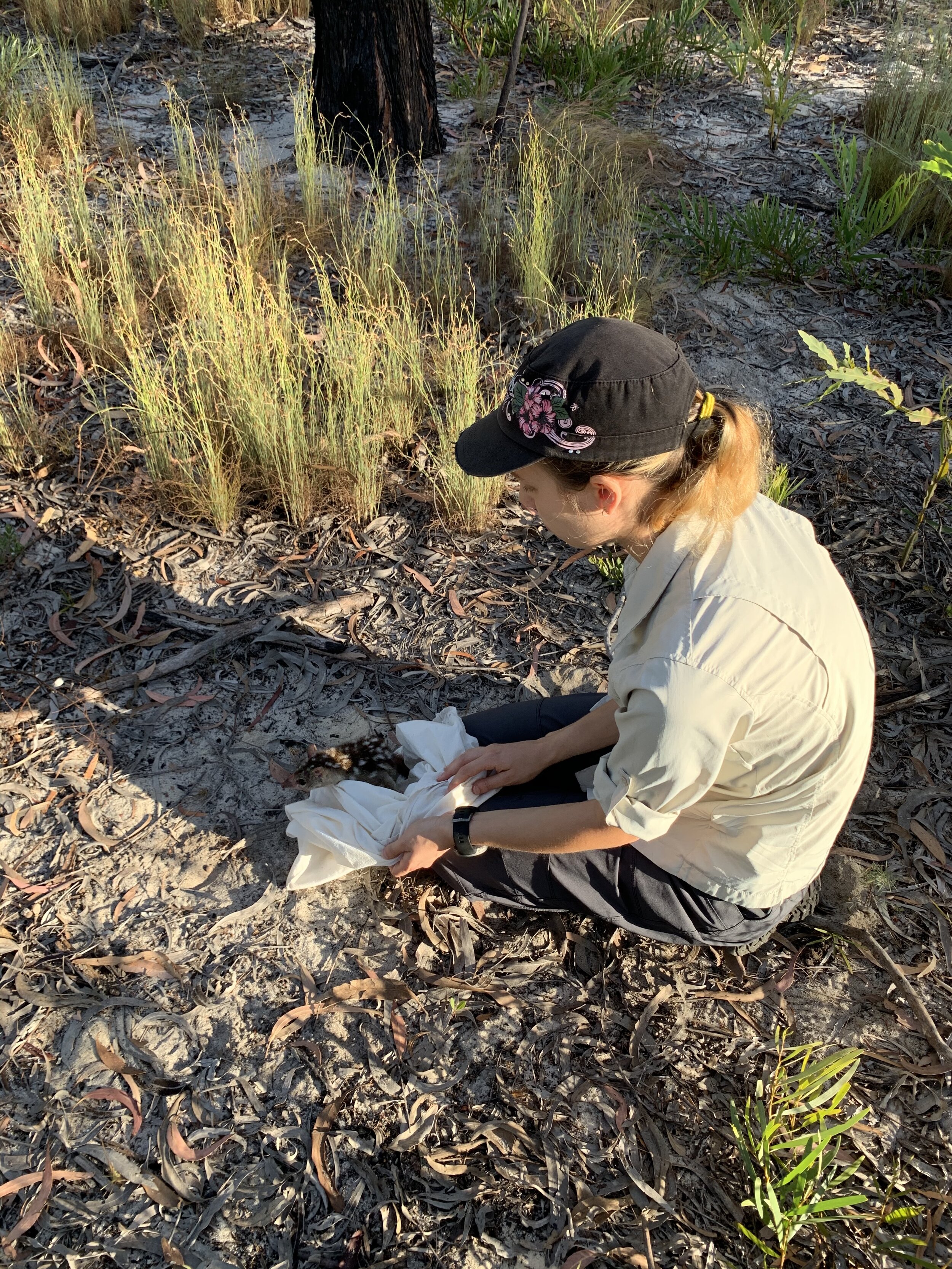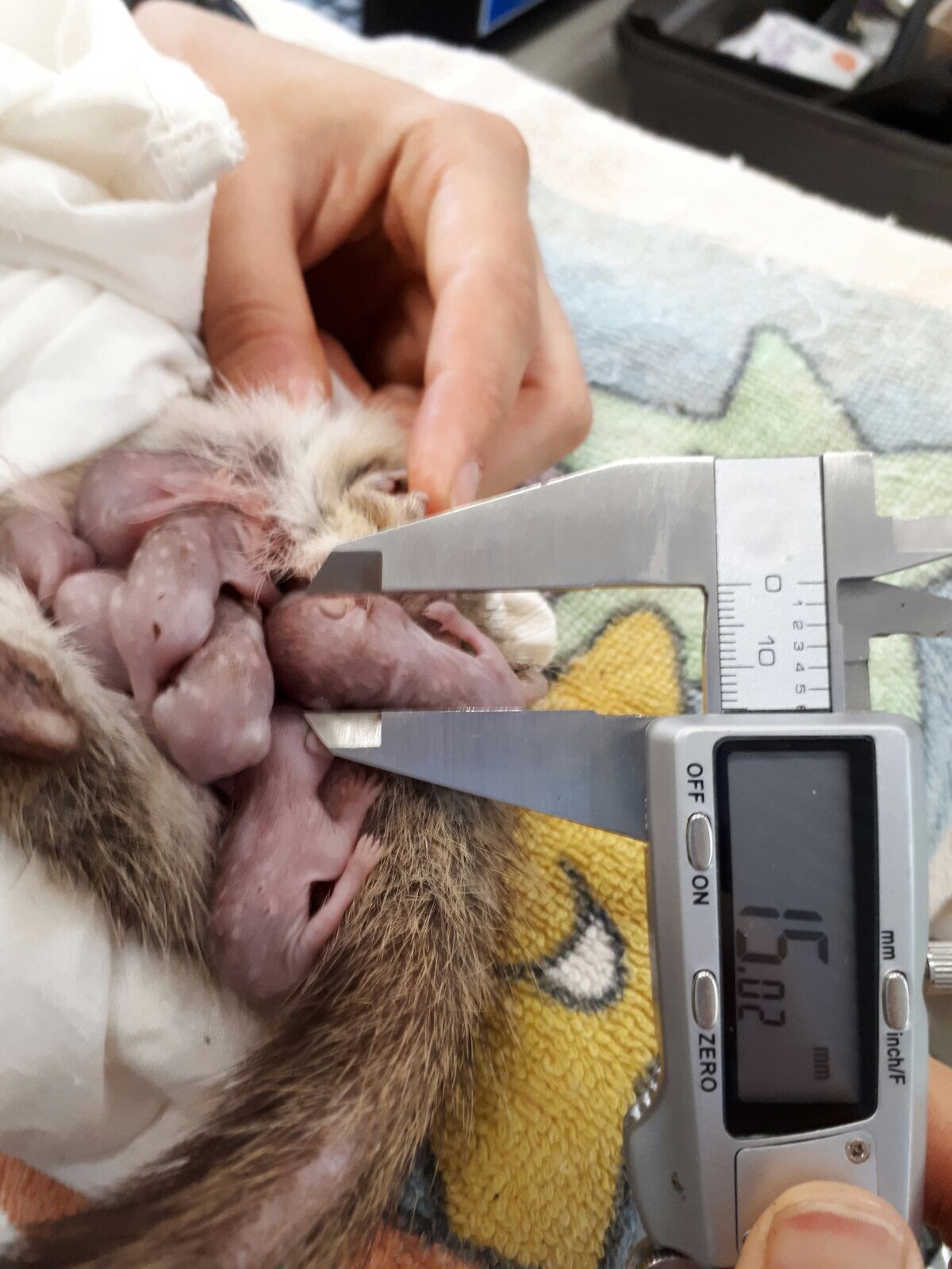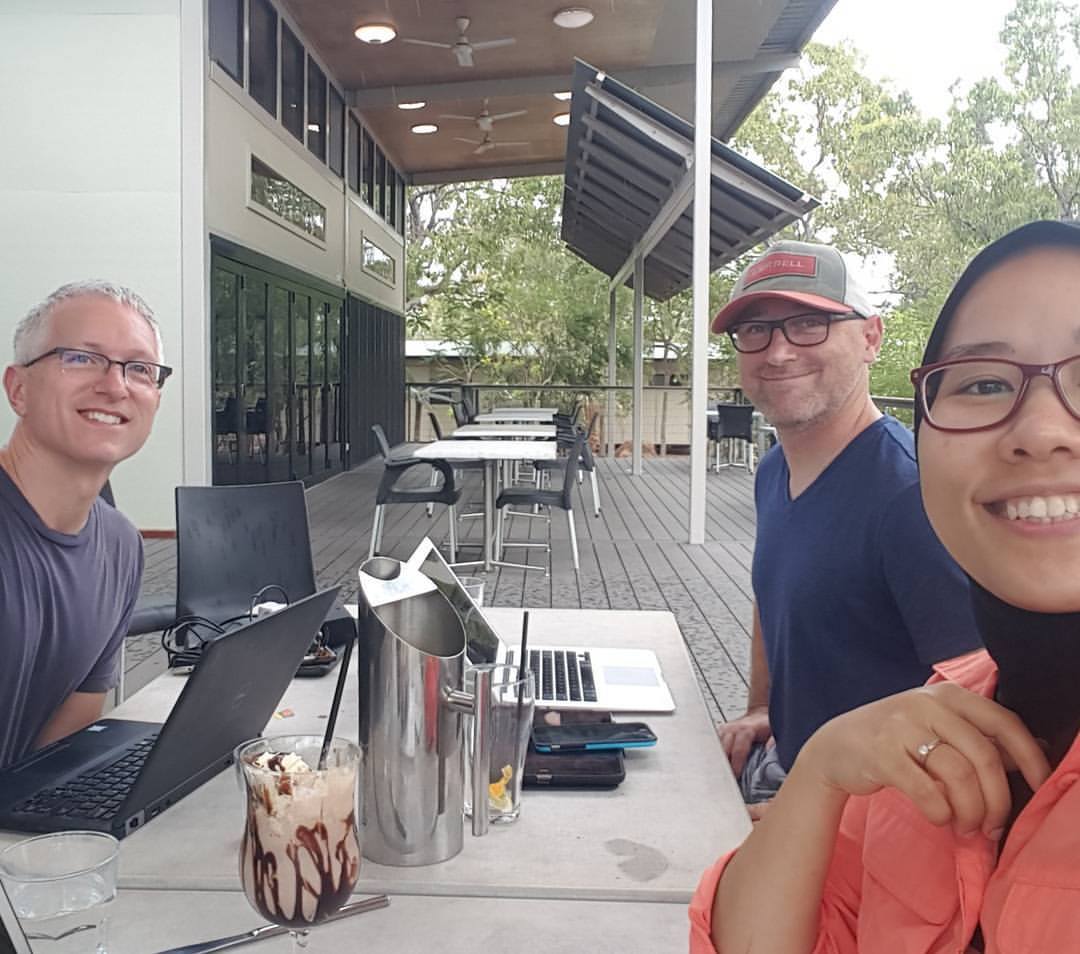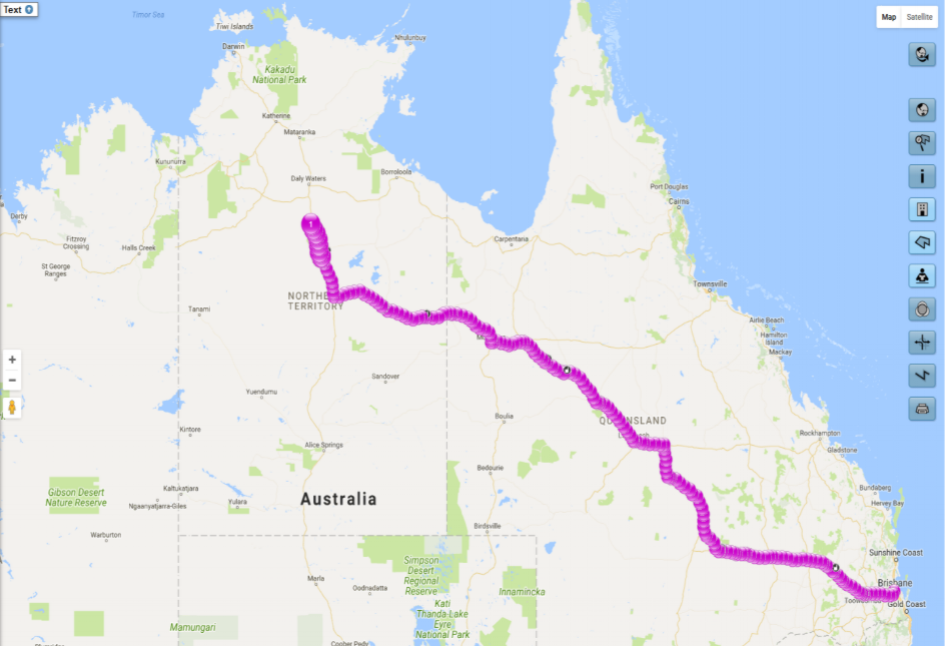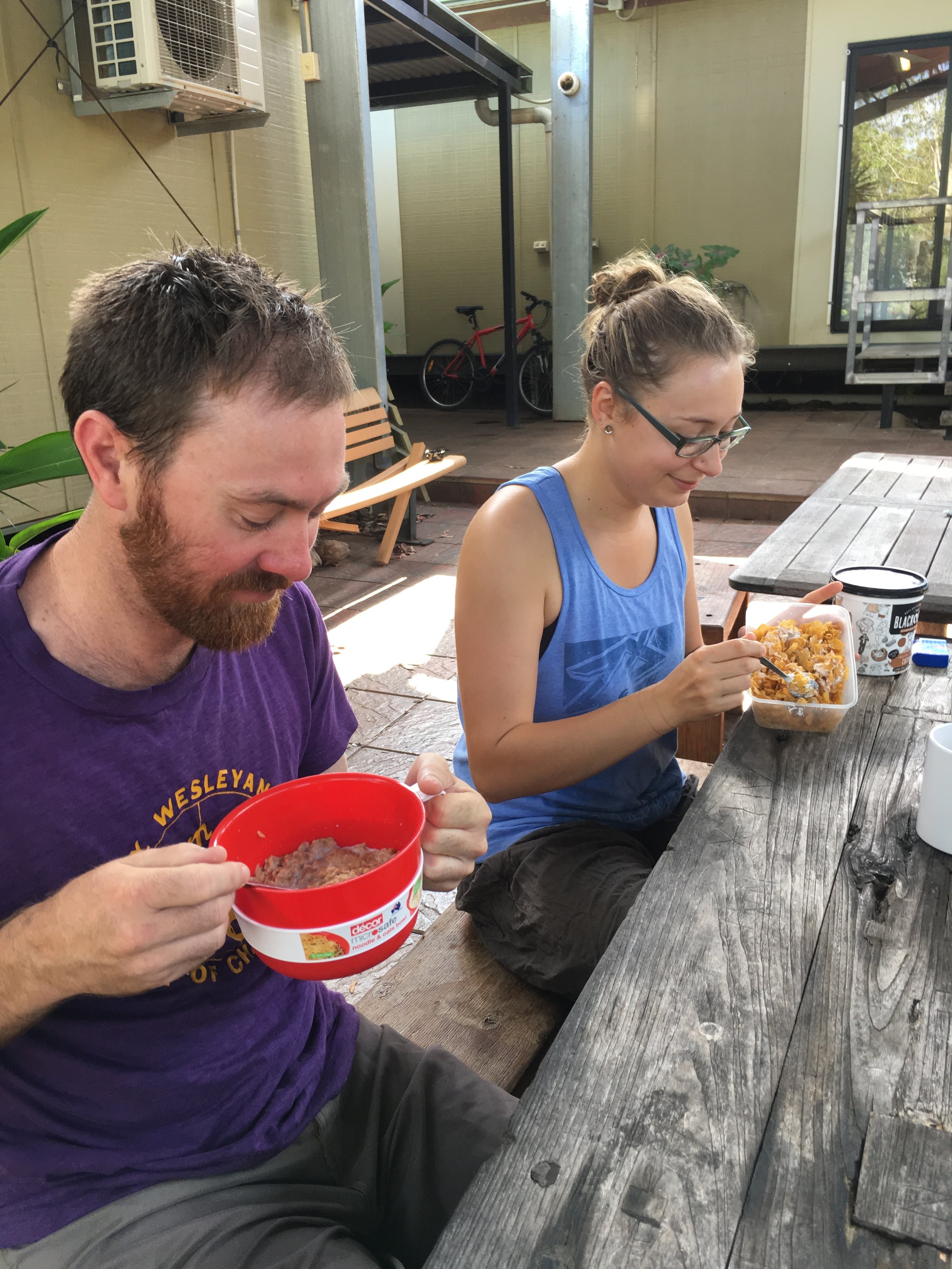By: Oakleigh Wilson
Koalas are not cute and cuddly. Although they might look like it from a distance, up close and personal with a koala, they alternate between rumbling like a behemoth and high-pitched screaming like a flock of birds. Their claws, built to pierce tree trunks, easily slice through thick canvas, through Ben’s pants, through Ben’s boots, through Ben’s flesh - Ben, 8m up a tree, dangling by a rope, trying not to drop the koala, yelps. And that’s if you can even find the koalas at all. They’re really, really, really hard to find.
Sean grabbing Jack out of his tree. Jack quite angry about it.
Koalas, one of Australia’s most beloved and iconic species, are going extinct. Surveys estimate there could be as few as 32,000 remaining in the wild, and as of February 2022 they were officially reclassified as endangered. Most of their population decline is caused by ground-based threats such as car strikes and dog attacks, so to save the koala, conservation efforts could benefit from focusing on this specific period. While lots of amazing research has been done on koala movement, up until now we’ve lacked the technology to undertake really fine-scale analyses. That’s where my honours came in: To combine GPS with fine-scale movement detecting devices called accelerometers, allowing us to determine every behaviour the koala did while wearing it.
While simple enough on paper, this honours took me on a ride into the world of big-data, machine learning, and all kinds of fun. Although it could be frustrating waiting for the poor old computer to crunch the numbers (one week, I got so fed up, I automated everything and went on a three day hike… after which I came back to the office and found it still processing. Hmm.) working with the data from this technology was a hugely exciting and fulfilling experience that made me eager to pursue more data-based research in future. I also massively enjoyed the fieldwork component with our team, the Hidden Vale biologists, and the koala experts Bill, Sean, and Ben, whose research is excellent, but fire-side banter is even better.
Overall, there were the usual challenges and tribulations as with any project, but I was blessed with a project that I was excited by enough to spend countless hours researching obscure analysis methods for. Most of all I am exceptionally lucky to have been a part of the Wilson lab culture, and to have had so many people help me with fieldwork and analysis, yes, but having a good laugh and making the long office hours go fast.
Ben, Bill, Terrence (the koala), Sean, Ami, and myself.

